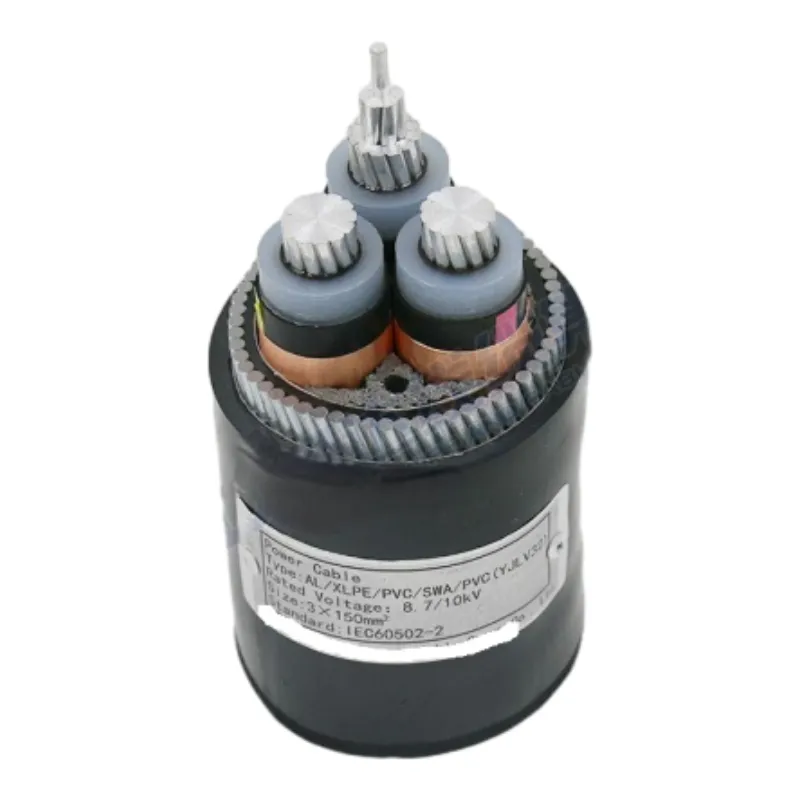Desemba . 07, 2024 16:28 Back to list
Dual Flap Check Valve for Enhanced Flow Control and Reliability in Plumbing Systems
Understanding Dual Flap Check Valves Functionality and Applications
Dual flap check valves, also known as dual flap check valves or dual plate check valves, are a crucial component in various fluid control systems. Designed to permit fluid flow in one direction while preventing backflow, these valves play a significant role in maintaining system integrity and efficiency across a variety of industries.
How Dual Flap Check Valves Work
The primary function of a dual flap check valve is to allow the unidirectional flow of liquids or gases. This is achieved through the unique design of two flaps or plates that are pivotally mounted to the valve body. When fluid flows in the allowed direction, the pressure forces the flaps open, enabling flow. Conversely, if there is a drop in pressure or flow reverses, gravity or spring tension closes the flaps, sealing off the valve and preventing backflow.
This mechanism is critical in preventing contamination and equipment damage that could arise from backpressure situations. Dual flap check valves are particularly advantageous because they offer a lower pressure drop compared to traditional swing check valves due to their streamlined design, which allows for more efficient flow management.
Benefits of Dual Flap Check Valves
One of the significant advantages of dual flap check valves is their compact size. Due to their dual-flap design, these valves can be smaller and lighter than single flap counterparts. This compactness enables easier installation in tight spaces, where traditional valves may not fit.
Additionally, the design of dual flap check valves helps to minimize the risk of water hammer, a phenomenon caused by sudden changes in fluid velocity. Water hammer can lead to significant piping system damage, but the smooth operation of flap valves helps mitigate this risk.
dual flap check valve

Furthermore, dual flap check valves require minimal maintenance. Their robust construction means they can handle a variety of conditions, including varying temperatures and pressures, making them suitable for a wide range of fluids, from water and oil to corrosive substances.
Applications of Dual Flap Check Valves
Dual flap check valves find their applications in numerous sectors. In municipal water systems, they are essential for preventing backflow, which helps maintain water quality and safety. Similarly, in wastewater treatment facilities, these valves ensure that treated water flows in one direction, safeguarding systems from contamination.
In industrial settings, dual flap check valves are commonly used in processes involving pumps and compressors. They help protect these critical components from damage caused by backflow, thereby prolonging their lifespan and reducing maintenance costs.
Moreover, these valves are used extensively in HVAC systems, providing efficient control of air and refrigerant flow. In fire protection systems, dual flap check valves ensure that water flows correctly to extinguish fires while preventing backflow that could compromise the system’s effectiveness.
Conclusion
In summary, dual flap check valves are integral to fluid control systems across various industries. Their efficient design, low maintenance requirements, and wide-ranging applications make them an invaluable component in preventing backflow and ensuring system reliability. As industries continue to evolve and demand more efficient and reliable fluid management solutions, dual flap check valves will undoubtedly remain a key technology in these systems. With their proven performance and adaptability, they are a wise choice for engineers and technicians looking to enhance system integrity and operational efficiency.
Share
-
Advanced Technology in Wire and Cable FactoryNewsAug.19,2025
-
Applications of Ball Check Valve in Water Treatment PlantsNewsAug.19,2025
-
How Osy Gate Valve Ensures Leak - Tight SealingNewsAug.19,2025
-
Selection Criteria for Wafer Type Butterfly ValveNewsAug.19,2025
-
Threaded Ball Valve Pressure RatingsNewsAug.19,2025
-
Y Strainer PN16 Cost - Effectiveness AnalysisNewsAug.19,2025


